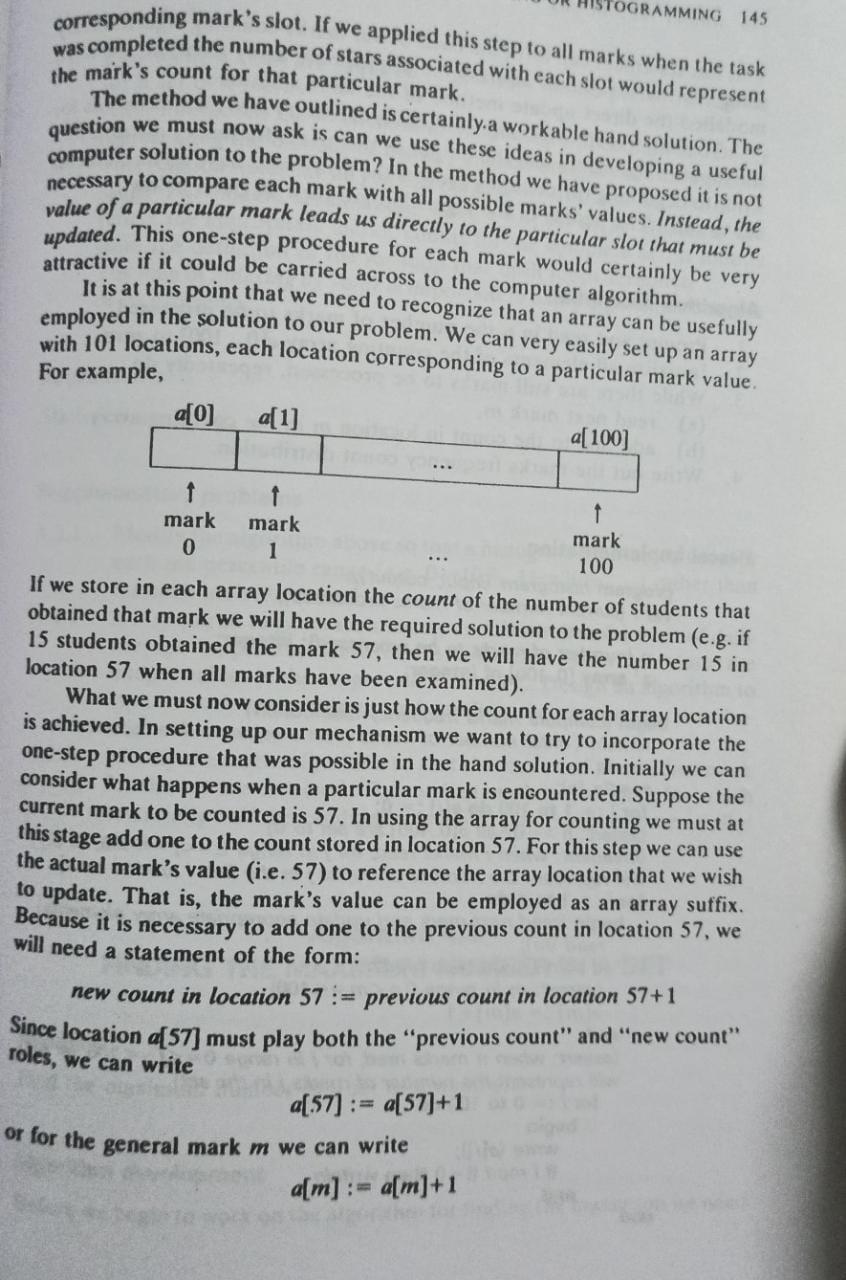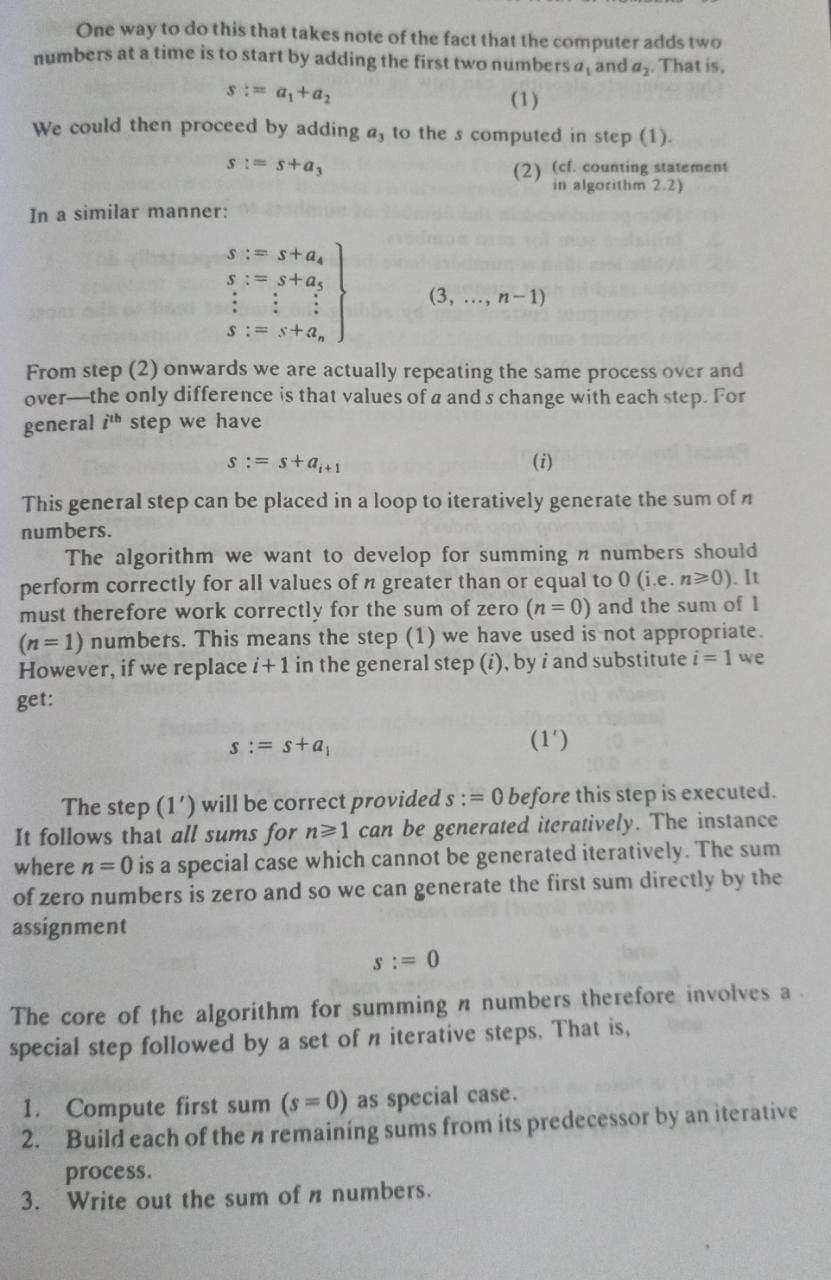What are the best practices for migrating data from other database systems to MySQL, such as Oracle, SQL Server, or PostgreSQL, and how can I
- What are the best practices for migrating data from other database systems to MySQL, such as Oracle, SQL Server, or PostgreSQL, and how can I ensure data consistency, compatibility, and performance during the migration process?
- How can I monitor and troubleshoot MySQL performance and availability issues, use tools such as MySQL Enterprise Monitor or Nagios for system monitoring and alerting, and diagnose and resolve common problems such as deadlock, slow queries, or replication lag?
- What are the best practices for scaling MySQL horizontally and vertically, using techniques such as sharding, partitioning, clustering, or load balancing, and how can I ensure data consistency and availability across multiple nodes or instances?
- How can I integrate MySQL with other software systems and technologies, such as PHP, Python, Java, or cloud platforms such as AWS or Azure, use APIs and connectors such as ODBC or JDBC for data exchange and integration, and implement ETL and data integration pipelines on MySQL data?
- What are the best practices for designing and deploying a MySQL database system that can handle complex and diverse data types, support high availability and scalability, implement effective backup and recovery strategies, minimize data redundancy and improve data access speed, ensure regulatory compliance and data privacy, and enable seamless integration with various programming languages and third-party tools and platforms? Additionally, how can I optimize the performance of MySQL queries, prevent common performance bottlenecks such as slow joins, subqueries, or full table scans, and leverage advanced features such as indexing, partitioning, and caching to enhance the efficiency and reliability of my MySQL database?




![We have: 15 23 23 23 23 26 OF DUPLICATES 153 [4] [5] [6] [7] [8] When the 15 is compared with 23 (step [4])](https://dsd5zvtm8ll6.cloudfront.net/si.experts.images/questions/2023/10/65238f9790158_1696829334254.jpg)










CHAP. 4 array we have This last statement can form the basis of our marks-counting algorithm. By using the mark value to address the modelled the direct update method of the hand solution. To complete the algorithm, all that is necessary is to include details for the input of the marks and the output of the marks frequency distribution. Prior to beginning the counting process the array must have all its elements set to zero. The details of the algorithm are then as given below. 146 ARRAY TECHNIQUES Algorithm description 1. Prompt and read in n the number of marks to be processed. 2. Initialize all elements of the counting array a[0..100] to zero. 3. While there are still marks to be processed, repeatedly do (a) read next mark m, (b) add one to the count in location m in the counting array. 4. Write out the marks frequency count distribution.
Step by Step Solution
There are 3 Steps involved in it
Step: 1

See step-by-step solutions with expert insights and AI powered tools for academic success
Step: 2

Step: 3

Ace Your Homework with AI
Get the answers you need in no time with our AI-driven, step-by-step assistance
Get Started


